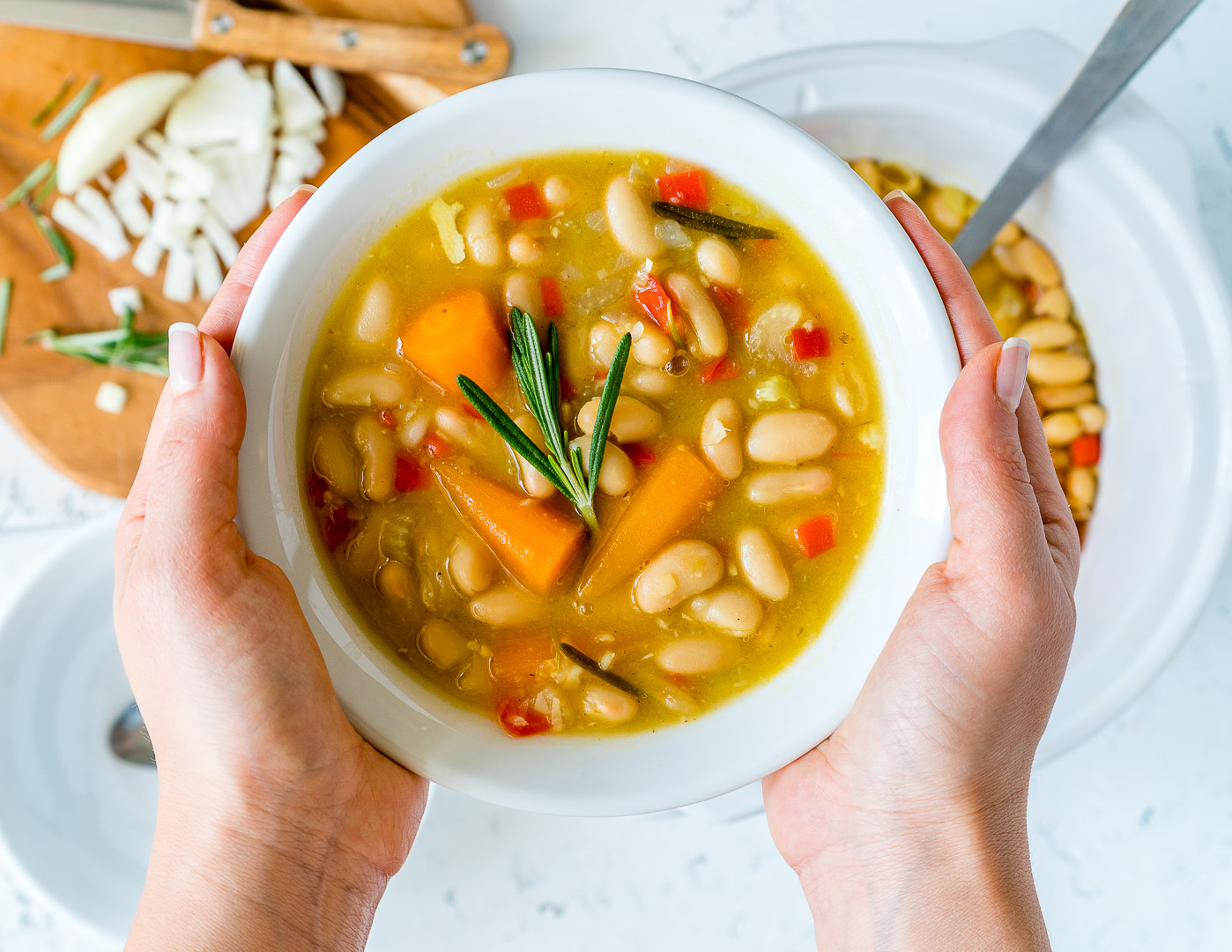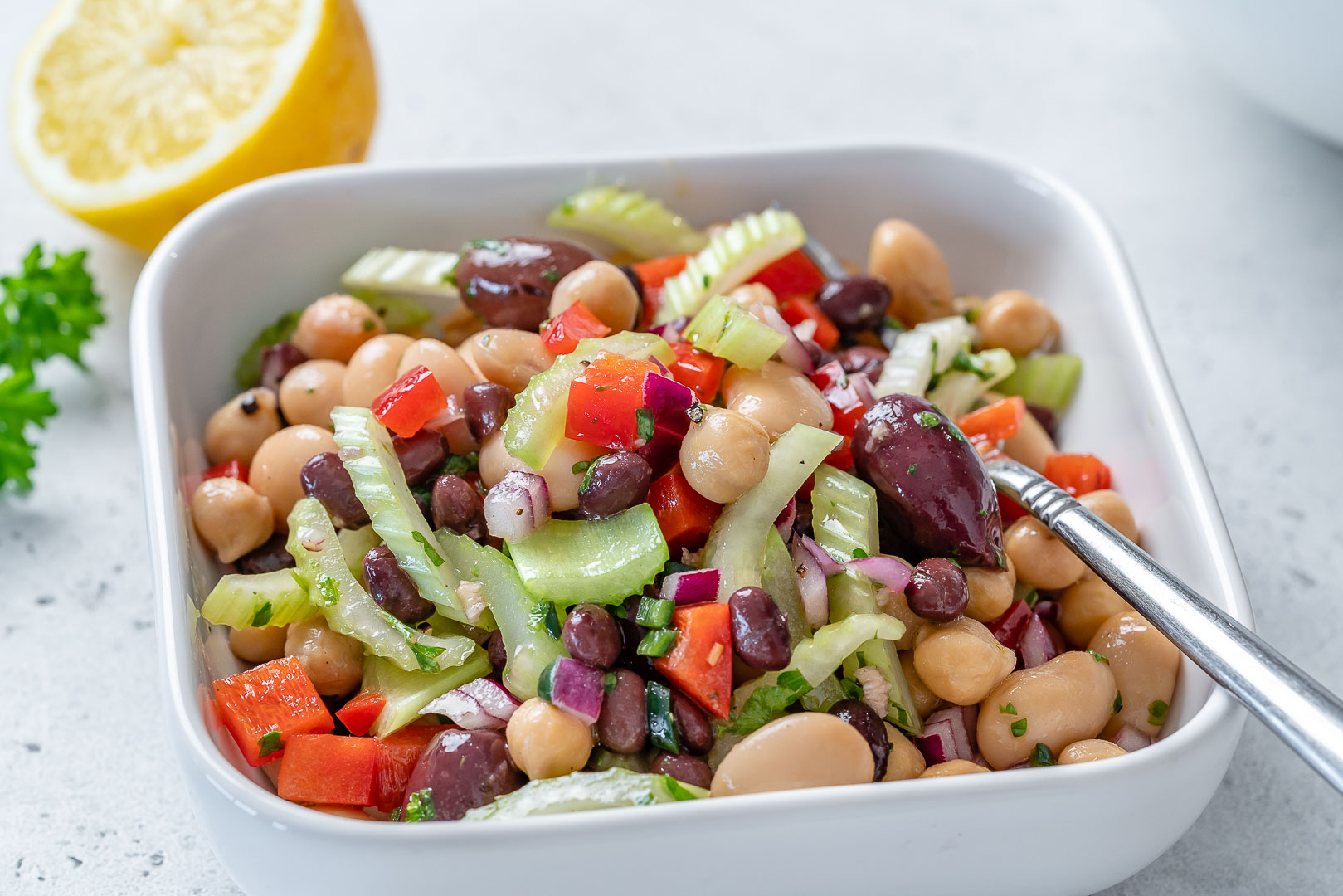What do you think of when you hear the word “protein”?
Most people would say something like steak, chicken, or pork. While these are all good sources of protein, meats include just a fraction of where protein is found in the food supply.
Sometimes meat-based protein sources can be harder to find (like in the midst of a pandemic!), or they might be more expensive than what you’d like to spend. Or perhaps you’re like the many people that have been seeking to follow a more plant-based diet lately, and are wondering how you can be sure to still meet your protein needs while following it.
Keep reading to learn more about what protein does for your body, understand the differences between animal and plant-based sources, and gain some ideas of how to incorporate more plant proteins into your diet!
Why Protein is so Important
Protein plays a number of crucial roles in our bodies and is vital to health for many reasons. Without protein, our bodies’ ability to grow, repair and build muscle tissue and organs, and do basic bodily functions like produce hormones and protect us from illness would be severely compromised. So, we benefit greatly from protein!
Here are 5 key functions of protein:
- Supports our immune system. Protein provides amino acids that serve as fuel for the immune system. They help build antibodies that fight off infection, and not getting enough protein is associated with weakened immunity.
- Crucial for growth and maintenance of tissues. Protein is required to help make and repair our body’s cells, which form everything from muscles to various organs and tissues like our skin, hair, nails, cartilage, and more.
- Produces hormones & enzymes. Many proteins are hormones that communicate between different systems and allow the body to function properly. Protein also makes up many enzymes, which are involved in things like digestion and blood clotting.
- Provides structure & transports nutrients. Protein makes up the framework of our cells. Collagen is a good example of this, which is the most abundant protein in the body and provides structure to bones, tendons, ligaments, skin, and cartilage. Examples of proteins that are involved in transporting include hemoglobin, which transports oxygen in our blood, and ferritin, which transports and stores iron, both of which are vital to life!
- Serves as an energy source. Protein can be used for energy in the body, though this is a secondary function (the body prefers to use carbohydrates first for energy and reserves protein for other, more important functions). It is to our benefit, though, that protein will be used for energy when carbohydrate stores are low such as in a state of fasting or starvation.
Animal versus Plant-Based Sources of Protein
The difference between plant and animal sources of protein has a lot to do with the amino acids each contains. There are a total of 20 amino acids that make up all proteins, with 9 of them being “essential” and the other 11 being nonessential. Both are important, but the difference is that our bodies can make the nonessential amino acids, while they cannot make the essential ones, so those must come from our diets.
Protein from animal sources is considered “complete protein” because it contains all 9 essential amino acids.
Good animal protein sources include:
- Eggs
- Greek or Icelandic yogurts
- Cheeses like fresh parmesan, feta, and cottage cheese
- Minimally processed lean poultry (like chicken and turkey) and meats (like beef and pork)
- Seafood such as any variety of fish, crab, shrimp, scallops, etc
- Clean, high-quality whey protein powder
Plant-based proteins, on the other hand, are considered “incomplete proteins” because they lack one or more of the essential amino acids. This doesn’t mean plant-based proteins are not as good, though! It is still very possible to meet all essential protein requirements on a plant-based diet. You may have heard that you need to pair certain plant-based proteins together to create a “complete protein”. While there is some truth to this, it doesn’t need to be a major concern since consuming a variety of plant proteins each day will likely allow you to get all of the amino acids you need.
Good plant-based protein sources include:
- Beans
- Chickpeas
- Lentils
- Nuts, seeds, & nut butters
- Organic soy products like tofu, tempeh, and edamame
- Whole grains like quinoa and farro
- Plant-based protein powders made with clean ingredients (pea, hemp, and brown rice protein blends are popular)
Plant-based proteins also come with the benefit of containing fiber, which is lacking in animal-based sources like meat, and they are also a great source of many nutrients.
Tips for Meeting your Protein Needs Without Using Meat
As you have read, there are many, many ways to get protein into your diet that don’t involve meat at all. There is an abundance of research that shows that following a plant-based diet is associated with a ton of health benefits, so eating more plant-based sources may benefit you in more ways than you imagined!
Here are some ideas for incorporating more plant-based sources into your diet:
- Experiment with Legumes. This includes a variety of beans, chickpeas, and lentils. Try using any of those in place of meat in a soup, use them as a base for casseroles or stir-fry’s, or mash them and use as a spread for sandwiches and wraps. Many pastas are now being made with legumes as well and pack much more protein than the traditional wheat-based kind.
- Substitute with soy. Organic soy products are extremely versatile and can be used in place of meat in just about any recipe. Try buying extra firm tofu, dicing it into bite-sized pieces, and baking it at about 400 degrees for 20-30 mins and mixing it into whatever you’re making (burritos, a salad, stir-fry, etc), or buying the softer variety and blending it with herbs and spices and using in place of meat in a casserole dish. Edamame is another excellent soy protein and can be added to a variety of meals as well.
- Try out new grains. Quinoa and farro are 2 of the grains that are highest in protein and can be used in place of rice for any cooking purpose. They mix in well to salads and soups and make a great base for a plant-based protein bowl, perhaps made with quinoa, edamame, veggies, and a sauce of choice.
- Rethink meat. It’s easy to fall into the belief that a meal is not complete without meat, but this simply isn’t true. When you do eat it, try viewing it as more of a side dish than the main dish and be willing to make recipes that leave it out altogether once in a while, knowing that you can get protein from so many other sources.
- Make an effort to avoid animal proteins for at least one day a week. A popular method for this is to participate in “meatless Mondays”, but you can choose any day of the week! This will help motivate you to make more intentional effort to forgo meat whenever you’re desiring or needing to do so.
In Summary
There is nothing wrong with eating animal-based protein foods, but we are also big promoters of including variety into the diet, so trying out more plant-based proteins is the perfect way to achieve that! They come with so many health benefits and are often cheaper and more sustainable for the environment. Be thinking about how you can start eating more plant proteins today!

from Clean Food Crush https://ift.tt/36h032a







No comments:
Post a Comment